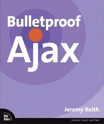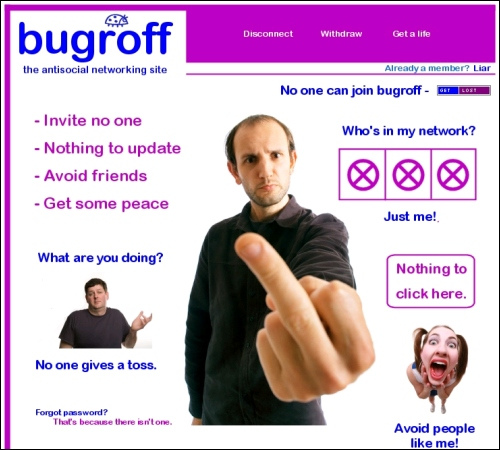The event, being a workshop not a conference, was structured a bit different from what I experienced until now. There were different moderated discussions around topics related to Mobile Ajax. These discussions were conducted in the form of panel discussions, where up to 4 panelists came up on “stage” and held a 5-minute introduction about their position papers that were handed in before the event. I was up in a panel about “one web” with Alan from AOL, Dave from Google and Goro from DoCoMo. Honestly, it felt a bit strange being in a panel with people from these major players, but it was cool and my presentation went ok too.
Some lessons learnt:
- AOL is using Mobile Ajax in their mobile search (works in IE) on http://wap.aol.com/search
- Aplix is working on a Java based tool that can provide access to device hard- and software to web aplications in the browser through a browser plugin, e.g. web app<->browser<->plugin<->Java<->GPS on phone
- Japan is cHTML (iMode) all the way, but there are full web browsers too, many phones with 2 browsers
- in Korea it’s all XHTML (WAP2.0), many carriers develop their own Flash-like VMs to make content developers use their tools
- Motorola will soon have a widget engine and Ajax support in their browser too
- Content adaptors use many different ways to detect the user-agent, also, but not mainly WURFL, more on DDGW
- Solutions for “offline” detection/browsing/management/handling are crucial, needed and Google Gears looks promising
The minutes of the workshop can be found through the W3C website. Here’s the slides on the Frost Ajax Library from my lightning presentation.
All in all it was a great day and I want to thank Microsoft for hosting the event and lunch, the W3C and the OpenAjax Alliance for putting this event together and especially Daniel Appelquist, Michael(tm) Smith and Jon Ferraiolo for their great work moderating and running the event. Looking forward to the next one.




